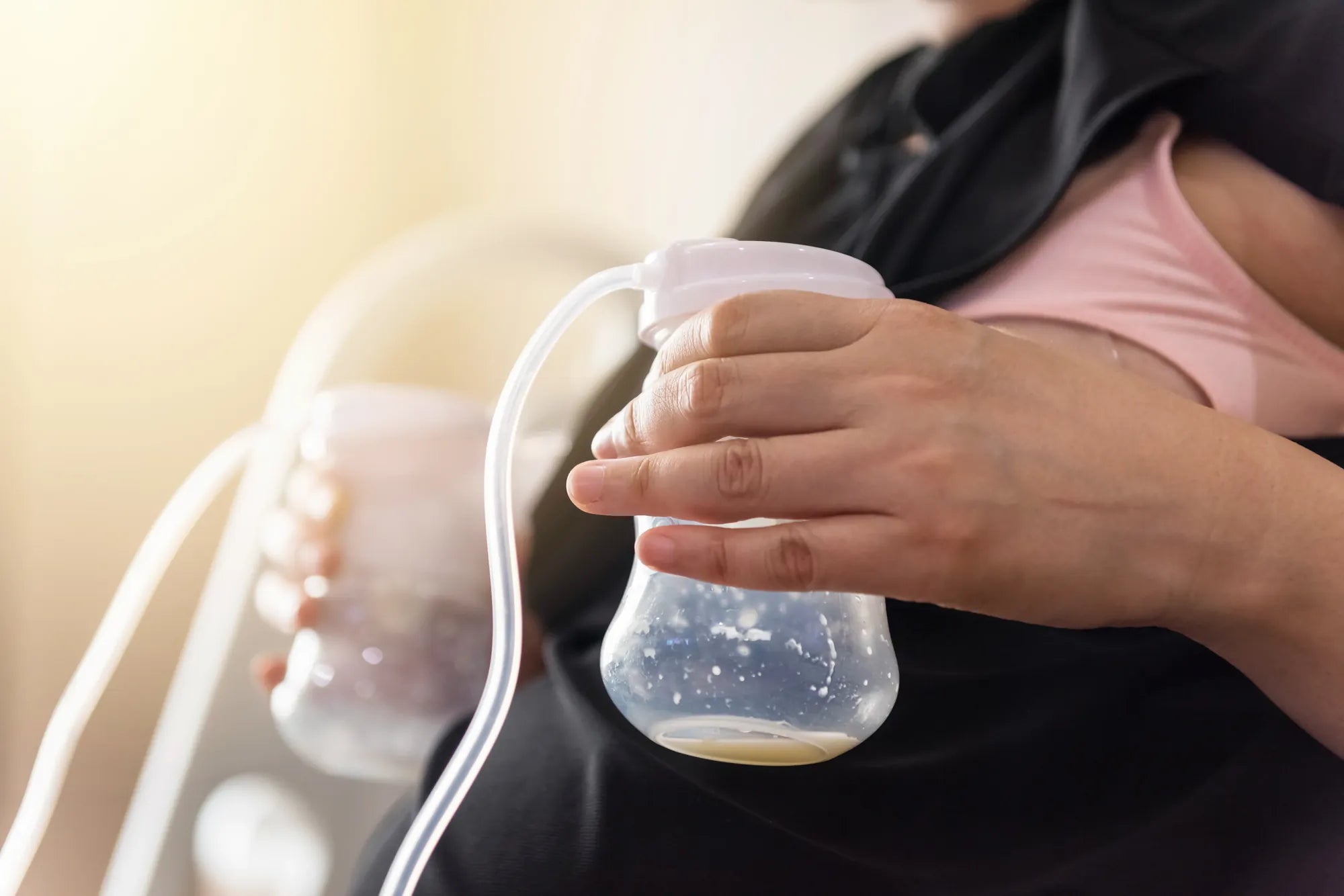Startseite
Pregnancy, Breastfeeding, and Pumping: The Ultimate Guide for Moms
Are Breast Pump Parts Interchangeable? A Comprehensive Guide

Are Breast Pump Parts Interchangeable? A Comprehensive Guide
When it comes to breastfeeding, having the right tools can make all the difference. One common question many mothers ask is, are breast pump parts interchangeable? The answer isn’t always straightforward, as it depends on several factors, including the type of pump, the manufacturer, and the specific parts in question. This article will explore the intricacies of breast pump part compatibility, helping you make informed decisions for your pumping journey.
Understanding Breast Pump Components
Before diving into interchangeability, it’s essential to understand the key components of a breast pump. These typically include:
- Flanges: The part that fits over the breast to create suction.
- Valves: Small pieces that control the flow of milk.
- Membranes: Thin, flexible pieces that work with valves to regulate suction.
- Tubing: Connects the pump to the collection bottles.
- Bottles: Collect and store the expressed milk.
Each of these components plays a crucial role in the pumping process, and their compatibility can significantly impact the efficiency and comfort of your experience.
Factors Affecting Interchangeability
When considering whether breast pump parts are interchangeable, several factors come into play:
1. Manufacturer Specifications
Most breast pump manufacturers design their parts to be compatible only with their specific models. This ensures optimal performance and safety. Using parts from different brands or models may lead to inefficiencies or even damage to the pump.
2. Pump Type
There are two main types of breast pumps: manual and electric. Manual pumps often have simpler designs, making their parts more likely to be interchangeable across brands. Electric pumps, on the other hand, tend to have more complex mechanisms, reducing the likelihood of part compatibility.
3. Part Design
The design of each part can also affect interchangeability. For example, flanges come in various sizes and shapes, and not all will fit every pump. Similarly, valves and membranes may have unique designs that only work with specific pumps.
Benefits of Interchangeable Parts
If you find that certain breast pump parts are interchangeable, there are several advantages:
- Cost Savings: Replacing individual parts can be more affordable than purchasing a whole new pump.
- Convenience: Having compatible parts on hand can reduce downtime if a component breaks or wears out.
- Customization: Interchangeable parts allow you to tailor your pumping setup to your specific needs and preferences.
Risks of Using Incompatible Parts
While the idea of interchangeable parts is appealing, there are potential risks to consider:
- Reduced Efficiency: Incompatible parts may not function as intended, leading to less effective milk expression.
- Damage to the Pump: Using parts not designed for your pump could cause mechanical issues or void the warranty.
- Hygiene Concerns: Non-compatible parts may not fit securely, increasing the risk of contamination.
How to Ensure Compatibility
To avoid these risks, follow these steps to ensure your breast pump parts are compatible:
- Check the Manufacturer’s Guidelines: Always refer to the user manual or the manufacturer’s website for information on compatible parts.
- Measure Accurately: For parts like flanges, ensure you’re using the correct size for your body.
- Purchase from Reputable Sources: Buy replacement parts from trusted retailers or directly from the manufacturer.
- Test Before Use: If you’re unsure about compatibility, test the part with your pump before relying on it for regular use.
Exploring Third-Party Options
Some mothers opt for third-party breast pump parts, which are often marketed as universal or compatible with multiple brands. While these can be a cost-effective alternative, it’s crucial to research thoroughly. Look for reviews, check for certifications, and ensure the parts meet safety standards. Remember, not all third-party parts are created equal, and some may not perform as well as original manufacturer parts.
When to Replace Breast Pump Parts
Even if your breast pump parts are interchangeable, they won’t last forever. Over time, wear and tear can affect their performance. Here are some signs it’s time to replace your parts:
- Cracks or Damage: Visible damage can compromise the part’s functionality and hygiene.
- Reduced Suction: If your pump isn’t expressing milk as effectively, it could be due to worn-out parts.
- Discoloration or Odor: These can indicate bacterial growth, making the parts unsafe to use.
Making the Most of Your Breast Pump
Whether your breast pump parts are interchangeable or not, proper maintenance is key to ensuring a smooth pumping experience. Clean and sterilize your parts regularly, store them in a safe place, and replace them as needed. By taking these steps, you can extend the life of your pump and enjoy a more comfortable and efficient breastfeeding journey.
Breastfeeding is a deeply personal experience, and having the right tools can make it more manageable. So, are breast pump parts interchangeable? The answer depends on your specific pump and needs. By understanding the factors at play and taking the necessary precautions, you can make informed decisions that support your breastfeeding goals. Whether you’re a first-time mom or a seasoned pro, this guide empowers you to navigate the world of breast pump parts with confidence.
Teilen


